PRESERVING A MILITARY LEGACY FOR FUTURE GENERATIONS
The following Reflections represents SGT James Casey’s. legacy of his military service from 1971 to 1979. If you are a Veteran, consider preserving a record of your own military service, including your memories and photographs, on Togetherweserved.com (TWS), the leading archive of living military history. The following Service Reflections is an easy-to-complete self-interview, located on your TWS Military Service Page, which enables you to remember key people and events from your military service and the impact they made on your life. Start recording your own Military Memories HERE.
Please describe who or what influenced your decision to join the Army?

I was honored to serve when my country called on me. I really didn’t think they would draft me. I was hoping to get some college behind me to have more options. I did not have good grades in school; my dad had me working at “The Big Cone” fast food restaurant, which we owned when I was fourteen to sixteen years old, so I didn’t have time to study; it was after school every day till 10 pm and every weekend. At seventeen, on September 8, 1968, I was in a single-car crash that claimed four friends: Max Pearson, Mickey Rushing, Nancy Ingram, and Kathy Lewis. I was not driving, and Mickey was driving. I was the only survivor. I made no plans to avoid the draft; in fact, I thought I would not be accepted, even if I tried to enlist, because of my injuries, both physical and mental, from the accident. What a miscalculation on my part! I believe I went through BCT and AIT with a compression fracture at the eighth thoracic vertebra from the car crash less than three years earlier. The crash and injuries are clearly documented on my entrance physical exam. I guess it was true that “All you need is a trigger finger.” Project 100,000, also known as McNamara’s Misfits or McNamara’s Morons, was a DOD program in the 1960s to recruit soldiers who would previously have been below military physical and mental standards. The number mobilized was 320,000-354,000, and they died at three times the rate of others serving in Vietnam. The program ended in December 1971.
At seventeen, I was re-trained by my father as a barber at our new shop, “The Ben Casey Barbershop.” I learned to barber when I was twelve years old; before that, I was a shoeshine boy. He was trained in the Navy during World War II, 1942-1948, SSMB3C, Ships Service Barber Third Class, and was shell-shocked from his service. At eighteen, I was married. At nineteen, I was a father. I was twenty years old when I graduated from high school and received my draft notice two weeks before graduation. I barbered for two and one-half years before being drafted. Except for my choice of girlfriend, everything was decided for me. My absence contributed to my marriage and business failure.
Whether you were in the service for several years or as a career, please describe the direction or path you took. Where did you go to basic training, and what units, bases, or squadrons were you assigned to? What was your reason for leaving?

I was chosen to be an Indirect Fire Crewman or Mortarman. During BCT, the company walked up a muddy, slippery incline in basic training, and I slid everywhere. Drill instructor SFC Hill was walking near me and said, “Casey, you’ll never make the infantry.” I took these as words of encouragement because I had put down my first choice as the Chemical Corps. When I graduated basic, I received orders for mortar training at Ft. Polk. After AIT, I received orders for Vietnam and was given two weeks’ leave.
After my leave, I traveled to the overseas transfer point, Ft. Lewis, WA. I was issued and wore jungle fatigues for about a week; then, my orders were changed to Ft. Richardson, AK. I had a break in service with a 90-day early release and attended college for two years. The marriage and family business was failing; unknown to me, Dad had sold the one hundred thirty-acre family farm and subdivision that we were developing while I was fulfilling my first enlistment. Dad bought an old bulldozer during the early 1960s and cut a road around the old field. I helped. Two wells were placed in the back corners, and water lines were placed. The home site buyers could use the water until they dug their own well. I helped.
The road was eventually paved, and Dad named it COUNTRY CIRCLE, which is what it is known as today. On Google Earth, you can search Country Circle, Clayhatchee, AL, for a bird’s eye view. Well, it was gone forever, just like that. Things were looking bleak, so I enlisted on April 30, 1975, the day the Vietnam War officially ended, in the same MOS for the $2500 bonus, hoping the two years of college obtained during my break in service would be an advantage. I served again at Ft. Benning, Korea, and Ft. Stewart, Korea. I stayed in the Army as long as they would let me and was boarded out with a 30% medical retirement. The gravy train had ended, and my civilian livelihood had disappeared, so I had to get a real job. I went to college and became a Medical Technologist. I worked as a Medical Technologist for twenty-two years and retired permanently in 2005 with 100% VA and SSA disability.
If you participated in any military operations, including combat, humanitarian, and peacekeeping operations, please describe those that made a lasting impact on you and, if life-changing, in what way?
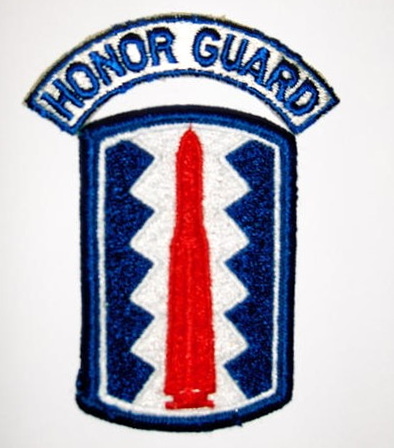
President Gerald R. Ford visited Fort Benning, Georgia, on June 14, 1975, to celebrate the Army’s 200th birthday. I served in Charlie Company (Honor Guard), 1st Bn, 58th Inf, 197th Inf Bde. We were chosen to be the plane’s ramp guards, and I was one of them. The plane was not called Air Force One; President Nixon had the name changed and repainted it to “Spirit of 76” as a gesture to celebrate the country’s 200th birthday.
We stood at attention with M16’s at present arms in two columns, each facing the other at the bottom of the stairs. President Ford and others would walk between us as they debarked the plane. The reason it is memorable to me is that the Secret Service had us remove the firing pins from our M16s. So, I guess we were there to catch the president if he fell down the stairs, lol.
As President Ford spoke, he praised the success of the all-volunteer Army. The draft had ended, and the Army was going to be fixed.
It made the local news; my parents were proud to see their small-town boy doing his patriotic duty.
Did you encounter any situation during your military service when you believed there was a possibility you might not survive? if so, please describe what happened and what was the outcome.
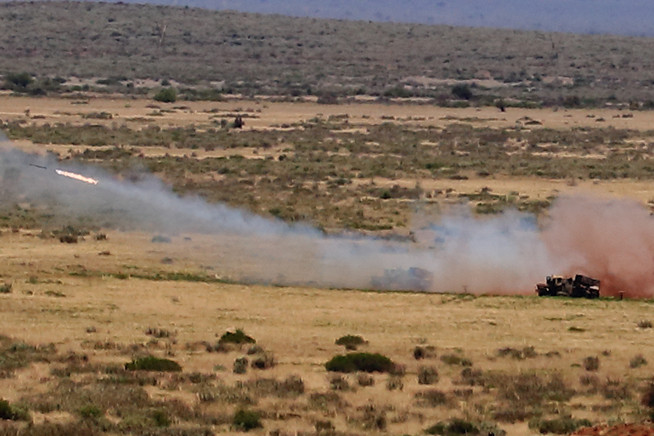
Yes, simply firing the mortar can end up in a catastrophe. The forward observer must be able to see the impact of the round in order to adjust fire to the target. There is always a chance of an errant round taking you out. Being an NCO on the M16 zero-firing range could have been fatal. I’ve seen M16s explode when fired. When the shooters are not following safety protocols, it can cause great anxiety. It is not uncommon to have training casualties during infantry-simulated war games and training. Heavy equipment maneuvering, high explosives, and live fire exercises have inherent dangers. The statistics say that twenty percent of the casualties of the Vietnam War were from sickness and accidents. Many were killed by “friendly fire”. Friendly fire means they were mistaken as the enemy and killed by their own unit. During BCT, someone in the cadre said, “You are not paid to think, trainee!” Another in the cadre said, “You are expendable!” Comments such as these did little to instill confidence in survival in a young infantry draftee most likely destined for Vietnam.
Of all your duty stations or assignments, which one do you have fondest memories of and why? Which was your least favorite?
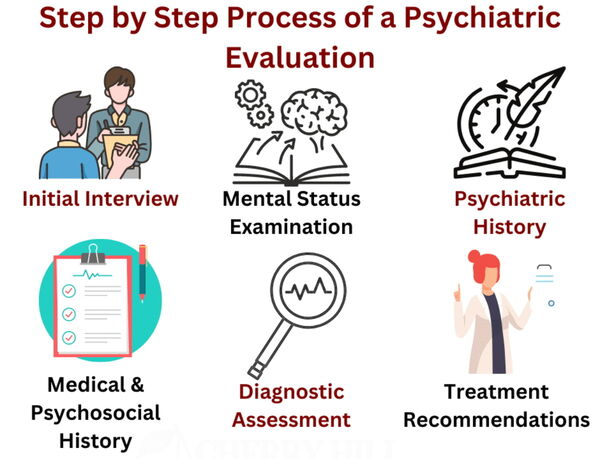
I enjoyed all of my assignments, but being away from my young family and business was a hardship. My least favorite was being the subject of the Psychiatric Medical Evaluation Board. The most private areas of my mind were probed while I was medicated with psychotropic drugs; the examiners wrote biased narratives of my responses to their questions. I still have the records. I was not asked to sign a consent to treatment. I was taught to follow orders, so I just rolled with it. I didn’t know what else to do. I had decided to get my twenty-year retirement because my previous life in the civilian world had been turned upside down during my first induction as a draftee. I did not agree with the findings of the board and checked the block on the form that stated so. I still have a copy of that form. I was boarded in through the draft board and, eight years later, boarded out through the medical evaluation board. Que sera sera, what will be will be.
From your entire military service, describe any memories you still reflect back on to this day.
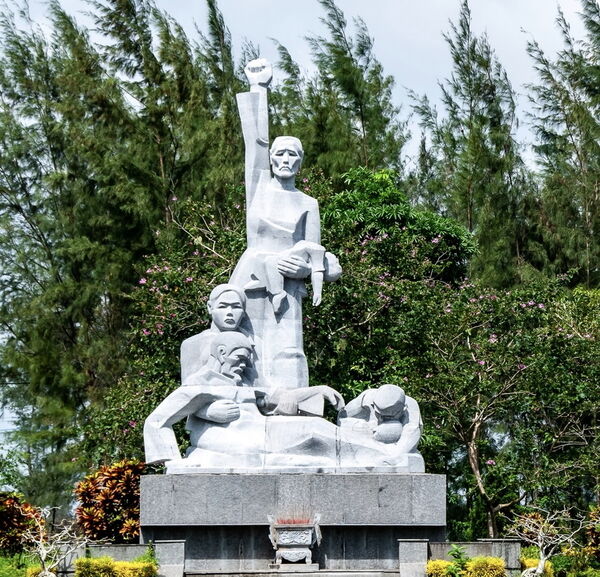
Being at the overseas transfer point at Ft. Lewis, Washington, all dressed out in jungle fatigues, waiting to get en route to Vietnam. After waiting a week, our orders were changed; we were sent to Ft. Richardson, AK, with a duffle bag full of jungle fatigues. I guess I was just lucky. Anyway, I didn’t argue. The war had fallen out of favor with the media and the populous. The My Lai massacre, rules of engagement, friendly fire casualties, the burning Buddhist monks, the point-blank shooting of a VC suspect by Gen Nguyen Ngoc in Saigon, and the young girl running naked down the road after being hit with napalm. Scenes like these dominated the media; I had no desire to participate.
What professional achievements are you most proud of from your military career?
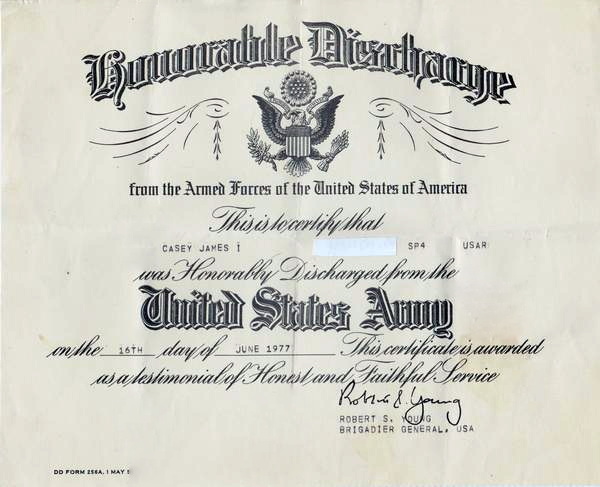
Surviving Enlistment. I received my official retirement certificate dated April 1, 1981, in the mail. The same way I had received my draft notice ten years earlier. I would have to say I was proud of that and remain grateful for it even though I deserved more than 30%. I struggled for 22 years to work with the disability pinned on me, caused and aggravated by the service. My request for a change of MOS was not even considered.
Of all the medals, awards, formal presentations, qualification badges you received, or other memorabilia, which one is the most meaningful to you and why?
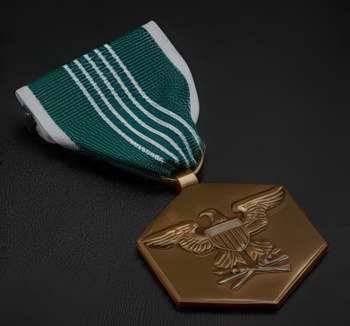
I received the National Defense Service Medal, which showed that I had done what my country asked me to do: I had been inducted into the armed forces during times of conflict. During the draft era, recognition was not given as it is today. For example, we were not given a certificate of successful completion of BCT or AIT. The Army Commendation Medal was a nice gesture, and I am glad Cpt. Stocker recommended it, although I don’t think I deserved it. I was glad to wear it. The Good Conduct Medal, 2nd award, showed I had displayed exemplary behavior, efficiency, and fidelity for six years.
Which individual(s) from your time in the military stand out as having the most positive impact on you and why?
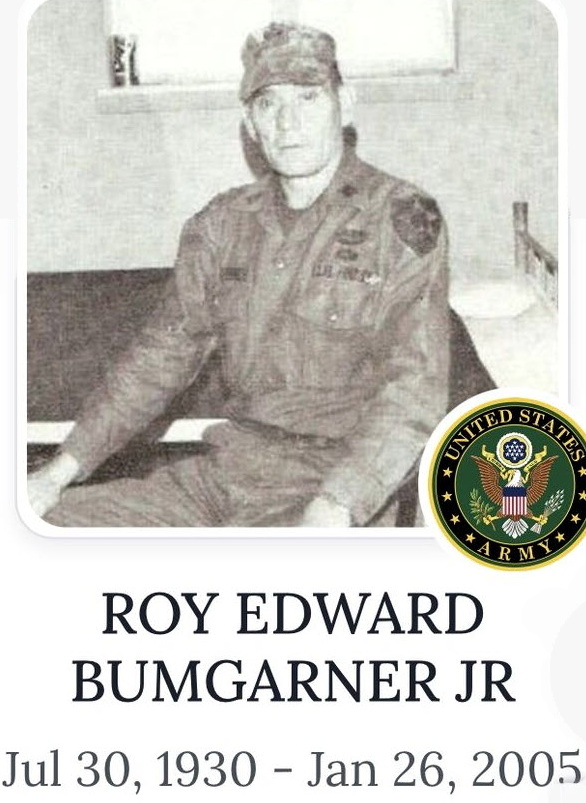
SSG Roy Bumgarner was a legend and a real soldier. He had seen some tough years in the Korean War and the Vietnam War. You can Google his name to find out more. He seemed to live on Pall Malls and black coffee. When I met him, he was nearing retirement and looked much older than his chronological age. He was a controversial figure in the Vietnam War and was laid to rest as a hero, rightly so, at Arlington National Cemetery, Washington D.C., on January 26, 2005. Everyone in our company respected and loved him. He is mentioned in the books SOLDIER by Anthony B. Herbert, Lt. Col. Ret. and REFLECTIONS of a WARRIOR by MOH recipient Franklin D Miller, CSM Ret., which are about the Vietnam War. Ironically, I had the pleasure of meeting Franklin D Miller at Ft. Stewart/Hunter, Ga, when he was a Staff Sergeant in 1978; he was in HHC Troop 2/9 Air Cav, and I was in A Troop 2/9 Air Cav. He was a likable, unassuming guy, a regular Joe. He is another memorable figure from my service, along with MOH recipient Fred William Zabitosky MSG Ret. I met Fred Zabitosky when we were patients at Eisenhower Army Medical Center, Fort Gordon, Ga, in 1977. The first morning there, I woke in a room with a group; he had his Khaki uniform hanging near his bed. I saw his MOH ribbon and said, “I finally met someone that had the MOH. I’m glad to meet you,” as I shook his hand. He was well underweight and drinking Ensure milkshakes to increase his calorie intake; he was a man you never dared to cross.
List the names of old friends you served with, at which locations, and recount what you remember most about them. Indicate those you are already in touch with and those you would like to make contact with.
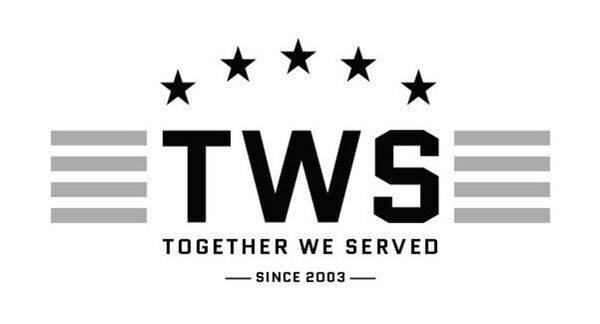
I served with many heroes and have established contact with some due to TWS.
Can you recount a particular incident from your service, which may or may not have been funny at the time, but still makes you laugh?
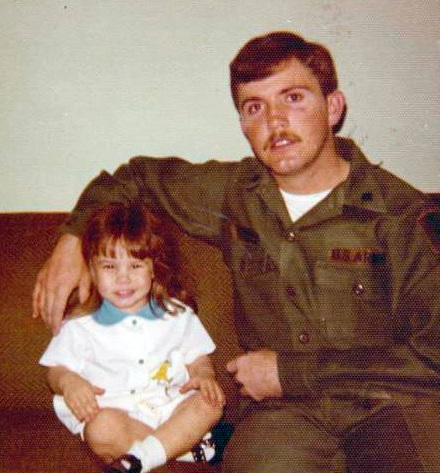
While in Alaska, E Company,1st Battalion, 60th Infantry, 172nd Arctic Light Infantry Brigade, was going to Kodiak Island for a training exercise on a big ship that carried equipment and troops. We were to protect the island’s assets by guarding the shores and stopping Russian Navy Seals from landing on rubber rafts. For three weeks, we were on constant rotating guard duty, working night shifts of one hour each. We were taken to the Navy Base for a shower once.
During the transport, they served steak. One soldier named Gravely aggressively pushed his way to the front of the chow line and boasted about eating a steak. We had to stand in line for a good while. He got really quiet and soon became seasick, so he had to run somewhere to throw up. We all had a good laugh and asked Gravely if we could have his steak.
After three weeks in the field on Kodiak Island in January, you need several steaks. It is windy and cold, and you live in ten-man tents. Kodiak Island is known for its large population of Grizzly Bears.
Unrelated to the Kodiak exercise, we pulled guard duty on ammo storage bunkers at Ft. Richardson. We were issued 45 cal. Pistols had five rounds in the magazine, and when the guard changed, the magazine and rounds were counted and transferred to the next guard. One of the goofy guards started a frenzy of activity when a round went missing. It was common for the moose to come snooping around the guard shack; at night, it can be a little concerning when you hear footsteps crunching the snow outside the guard shack. I know because I saw one through the window. The guard OIC questioned the guy to find out what happened to the round. The rest of us thought he might have accidentally discharged the round, or maybe he shot at the moose. LOL, I don’t recall the outcome, and I certainly avoided getting involved; the OIC was wise to account for that round, but I guess he had to do some paperwork. The rest of us guards found it somewhat amusing.
I was in the advance party as we were sent to the NWTC Northern Warfare Training Center, Ft. Greely, AK, for cold weather training, complete with live fire exercise. It was yet another long time in the field, two or three weeks in the middle of winter. The snow where we set up was three or four feet deep; the ten-man tent had a diesel heater and was warm and cozy. I was not familiarized with the area, I had to defecate, so I waded through four feet of snow and dropped my trousers to take a crap in -60 degree Fahrenheit temperature. It was the fastest crap I have ever taken. I almost froze my birds off. Later, another tent was set up with porta potties. It was miserable at the time but is amusing now.
What profession did you follow after your military service and what are you doing now? If you are currently serving, what is your present occupational specialty?
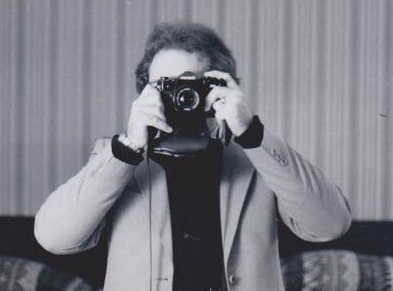
I worked as a traveling portrait photographer for Olan Mills for a year. Then, I went back to college and studied Medical Technology. I became a certified Medical Technologist and worked in that field for 22 years. A medical Technologist is a Laboratory Technologist who tests human specimens for medical diagnosis. I bounced around from hospital to hospital, and the civilians were hard to work with. I had eight or nine jobs as a Med Tech at different hospitals. My health was failing from working the graveyard shift for eight years, so I put in a claim to increase my VA disability, which was 30% since 1979. and for Social Security Disability, which has always been at 0%. Both were approved in April 2006 with back pay to April 2005. They both rated me at 100%. The VA was upgraded to 100% Total and Permanent in 2013, and Social Security was converted to Retired when I reached the full retirement age of 67. I am 74 years old now and have not punched a time card for twenty years. It was a Godsend because my wife died in 2007, leaving me a single Dad to a nine-year-old son. I homeschooled him, and he recently obtained his Bachelor of Science in Psychology from Troy State University.
What military associations are you a member of, if any? What specific benefits do you derive from your memberships?
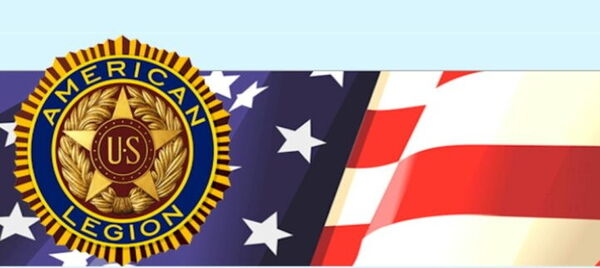
I am a member of the American Legion Post 210 out of Montgomery, Alabama. I get a monthly magazine that keeps me up to date on veterans’ issues.
In what ways has serving in the military influenced the way you have approached your life and your career? What do you miss most about your time in the service?
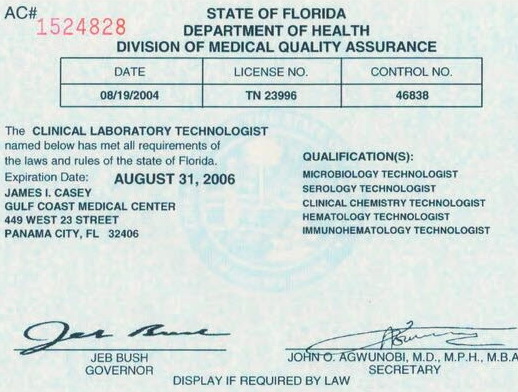
Being an Infantry Soldier instilled in me a strong will and endurance, which I credit with helping me pass the Medical Technology Board Exams. Never give up. There are so many men who served in the Infantry that will never be recognized. Everyone who wears a uniform has not made the same promise. Just wearing a blue rope is not enough to denote the sacrifice made by the Infantry. It’s the worst job in the Army and the most thankless. I guess you can see why I never became a recruiter.
Based on your own experiences, what advice would you give to those who have recently joined the Army?
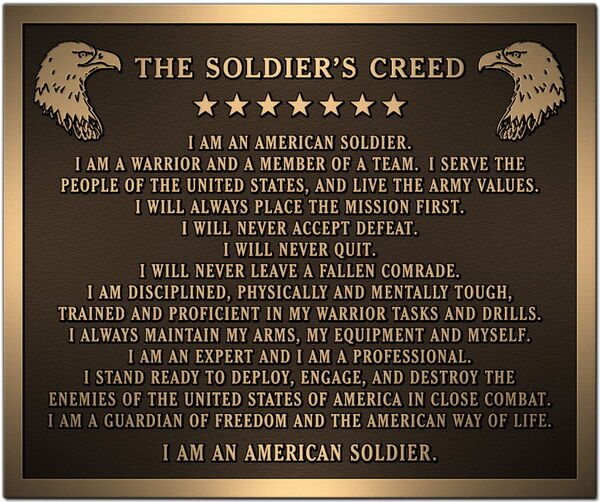
Enlist for the occupation that you would like. Take every chance to get more training in that field. Being at the bottom is no fun, and it has fewer privileges. Stay away from bad company and habits.
In what ways has TogetherWeServed.com helped you remember your military service and the friends you served with?

I have been a member for a short while. I see a lot of potential here. When more members join, I might be able to get in touch with some of the people I served with. That would really be the payoff. I have contact with only one friend from my service.
PRESERVE YOUR OWN SERVICE MEMORIES!
Boot Camp, Units, Combat Operations
Join Togetherweserved.com to Create a Legacy of Your Service
U.S. Marine Corps, U.S. Navy, U.S. Air Force, U.S. Army, U.S. Coast Guard

0 Comments